Dec 6th 2024
Established in 1939, Peterbilt is one of the household names in Class 5 to 8 commercial truck production. While the company has numerous popular conventional cab models, a big chunk of its popularity is attributed to the classic Peterbilt 389. In this article, we’ll have a journey through time as we look back at the history of the Peterbilt 389.
The History of the Peterbilt 389
The history of this truck can be traced to other Peterbilt models, such as the Peterbilt 379, 389, 389K, and 389X. To understand the development of these models, which drivers have come to love today, let’s look at each of them one by one.
Peterbilt 379 (1987)
In 1987, Peterbilt explored the market of the Class 8 trucks by releasing the 379, which became the brand’s flagship product. The model had an enlarged windshield compared to its 359 predecessor, headlamp-mounted turn signals, a sloped hood, a standard set-back front axle, and a wraparound front bumper.
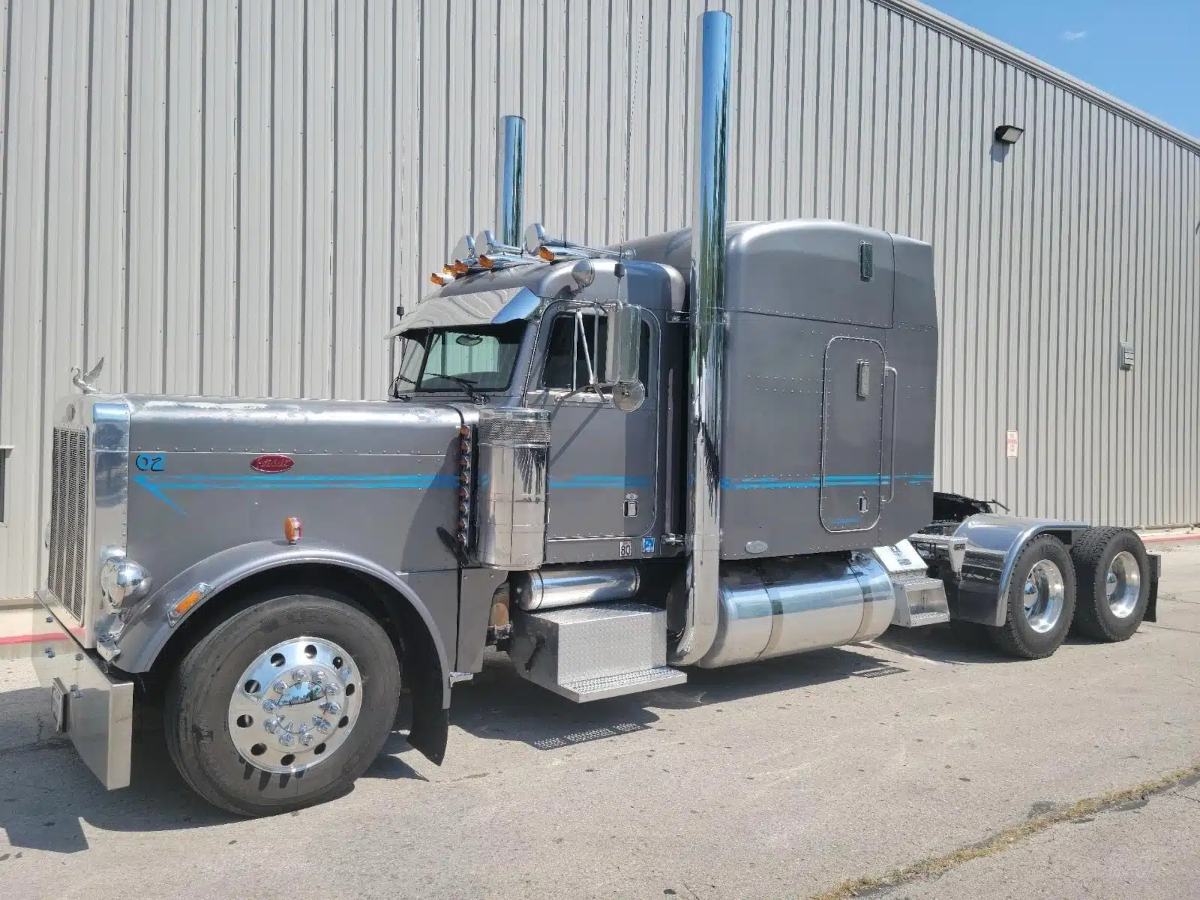
During production, the model was popular among owner-operator drivers because of its fuel economy. However, in 2007, Peterbilt encountered issues with second-party equipment manufacturers and required production standards of the market for conventional cab over trucks, which led them to cease production of the 379.
Peterbilt 389 (2006)
In 2006, the Peterbilt Model 389 was officially introduced to the market. While the 379 became popular among drivers, nothing compares to the fame of the 389.
The 389 is a Class 8 model with the same cab structure as the 2005 iteration of the 379. However, it offered a better driving experience as it was designed with the longest hood among Peterbilt models. It had upgraded headlamps and aerodynamic improvements as well.
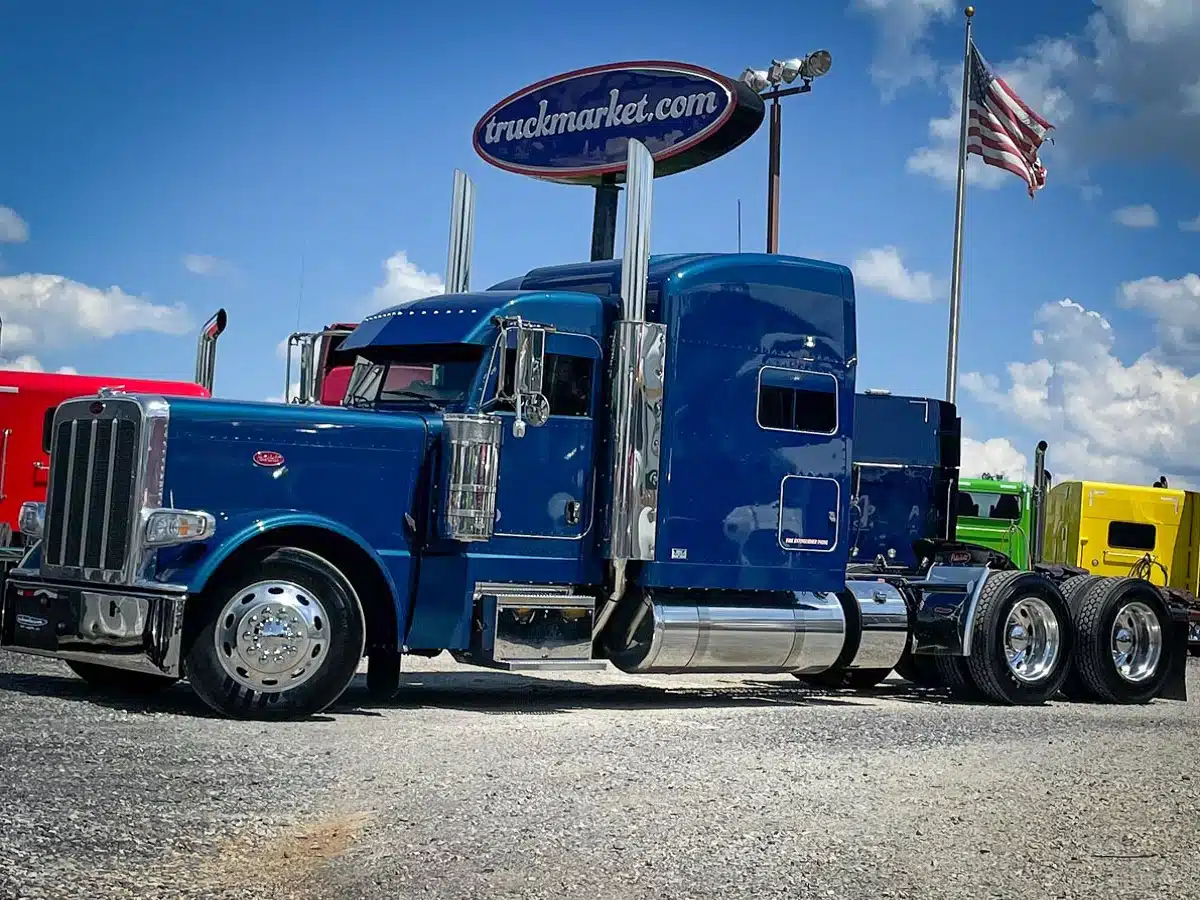
Peterbilt 389’s overall design matched the profitability and overall driving performance of Kenworth’s flagship models. Again, due to market production requirements, Peterbilt ceased the manufacturing of the 389 models in 2017. However, due to popular demand, the 389 was reintroduced in 2020.
As of 2022, there have been rumors about the possible discontinuation of the 389, but the company has yet to confirm the issue. Despite this, all 389 units maintain their great resale value. So while the company might cease production, the market won’t fall short of 389 secondhand units.
Peterbilt 389K (2014)
In 2014, Peterbilt released the 389K, a new variant of the classic 389. The 389K is a Class 8 heavy-duty conventional cab truck. It’s made with the Cummins ISX15, mated with the Glider Kit ISX-15 at 550 horsepower, 13-speed transmission, Flex Air, 3.55 ratio, and a TriPac APU.
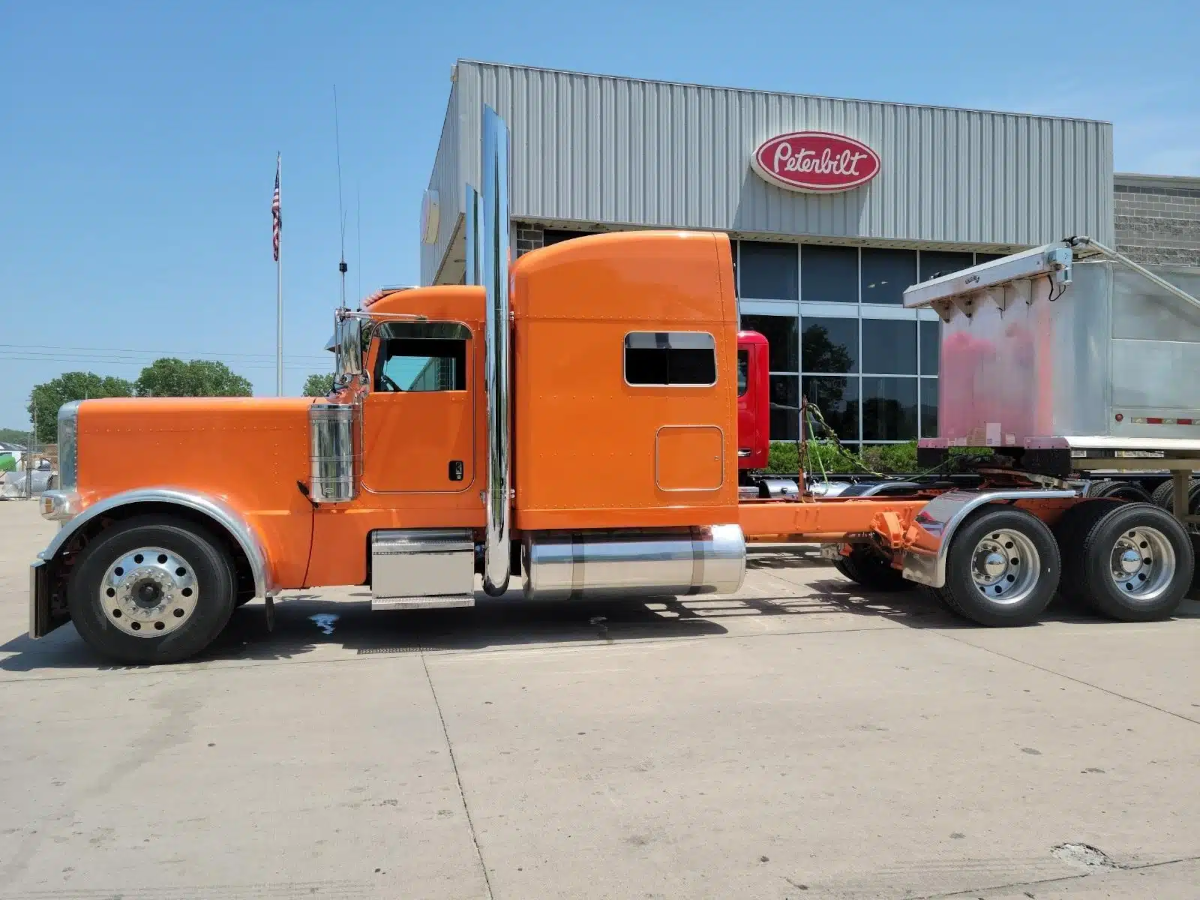
While the overall engine of the 389K is almost the same as the 389, it offered new drive tires and a mid-roof sleeper cab. Furthermore, Peterbilt made the 389K highly modifiable so drivers can customize their units based on their driving habits.
Peterbilt 389X (2022)
A limited edition Peterbilt 389X was released on September 8, 2022. The new iteration aimed to celebrate the classic 389, so it maintained the traditional chrome look while sporting new high-tech upgrades.

Peterbilt added a few unique features to the 389X. This includes the ambient lighting package in the air cleaners and rockers, giving drivers more road visibility. And since it’s a limited edition of only 1,389 units, they came with their specific badge number.
The Built of the Peterbilt 389
To understand the popularity of the Peterbilt 389, let’s look at its engine, exterior, interior, and sleeper cab specifications.
Engine
The Model 389 has a powerful and fuel-efficient PACCAR MX-13 engine. It sports a power rating of up to 510 horsepower and 1850 lb ft. of torque.
Exterior
The 389 is made with an all-aluminum cab and industry-exclusive aluminum hood, which provide durability and a lightweight platform for maximum load capacity. This helps the 389 save up to 150 pounds of weight in comparison to the EPA 2013.
While it may not be that much considering the payload of heavy-duty trucks, this weight difference allows the 389 to save at least 4% in fuel, making it highly profitable for hauling businesses.
Aside from this, it also features iconic chrome accents, bright highlights, and traditionally styled louvered grilles.
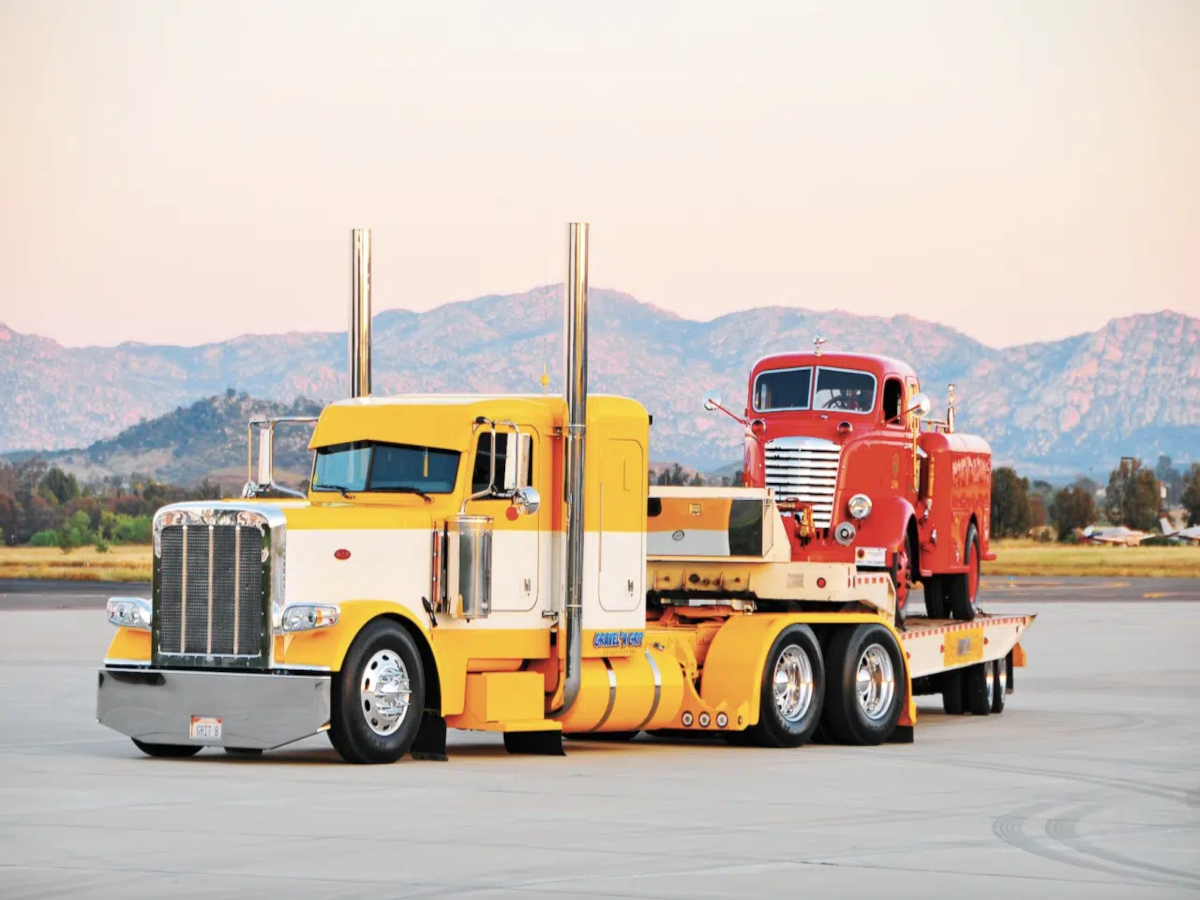
Interior
Aside from the all-aluminum cabin, the 389 also has an impressive interior. The unit showcases an ergonomic and driver-centric environment where a driver can easily access gauges, switches, and controls. It comes with a flat panel dashboard powered by SmartNav technology. The touchscreen control has Bluetooth connectivity, GPS navigation, and impressive voice control, allowing drivers to navigate seamlessly.
Sleeper Cab
The 389’s unique sleepers are built to showcase exceptional fit and deliver outstanding comfort to drivers. The sleeper units feature plenty of storage, shelving, ample overhead lighting, and a powerful HVAC. It’s also made available in 44″, 58″, 72″ & 78″ configurations.
Maintaining the Quality of Peterbilt 389
As mentioned earlier, Peterbilt is popular among driver-operators because of its fuel efficiency and driving comfort. However, while the Peterbilt 389 unit has an excellent HVAC system designed to maintain optimal climate within the driver and sleeper cabs, its aluminum casings wear off over time.
For this reason, most Peterbilt owners and truck experts recommend getting stainless steel APU parts to protect your APU. Stainless steel will protect your APU from corrosion brought on by salt on roads, which is the number one enemy of steel-made automotive parts. Protecting your APU ensures that your 389 conventional cab truck can maintain its impressive fuel efficiency while keeping you comfortable during all-day drives.
Also read: What Is an APU on a Truck & How Does It Work?
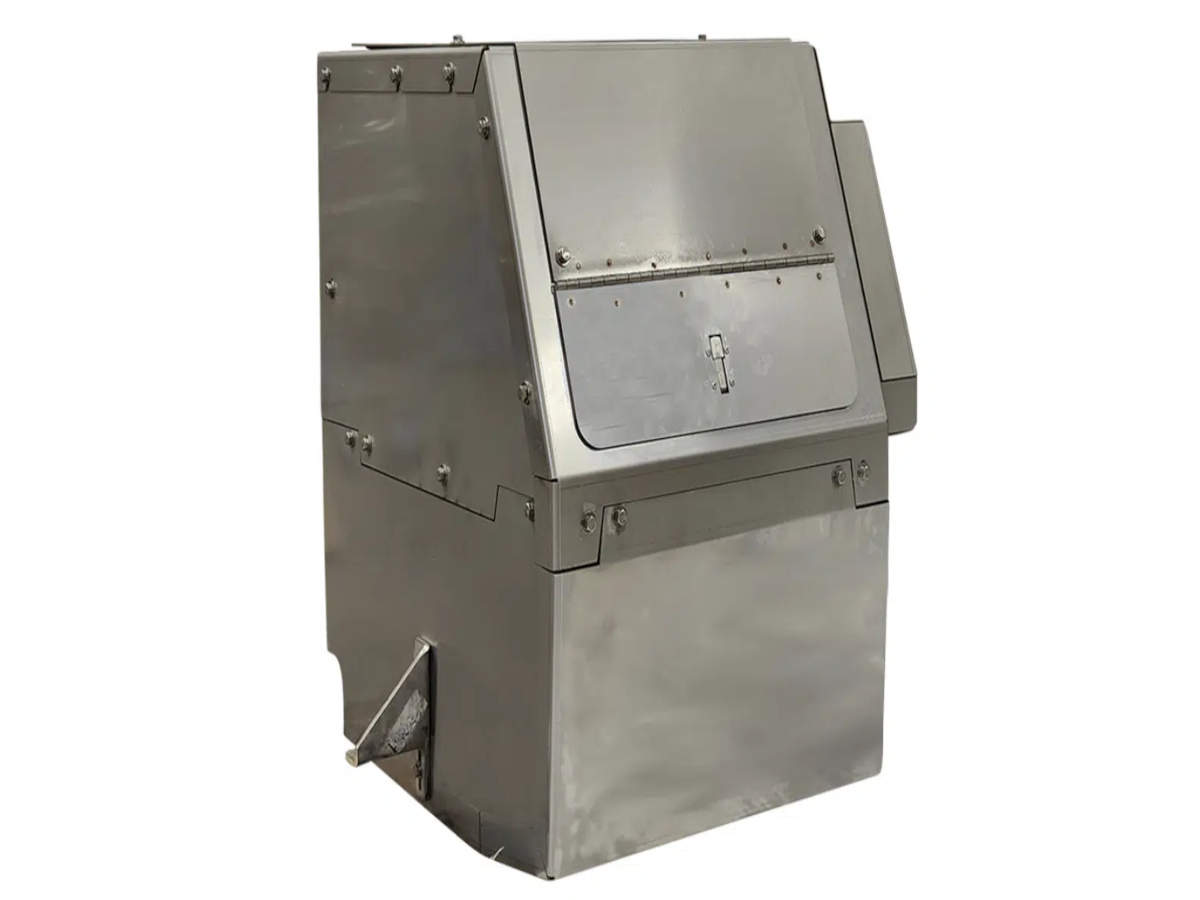
Aside from this, just like other conventional cab trucks, 389’s compressor performance usually diminishes with time. For this reason, getting a premium aftermarket compressor is best to ensure your AC system can maintain the optimal climate within your cabin.
Also read: How Does an AC Compressor Work on a Semi Truck?
Get High-Quality Aftermarket Truck Parts and APU Boxes for Your Peterbilt 389 Today
Despite impending discontinuation, the Peterbilt 389 maintains its iconic identity, thanks to its reliable engine. The model is built to last a long time, so it’s no surprise that most drivers prefer getting secondhand 389s over new conventional cab models. With high-quality aftermarket semi truck parts and APU parts, your 389 can continue providing you with the best riding experience.

